|
The Regulations If you have a covered process at your facility, both OSHA and the EPA require that your facility conduct a Compliance Audit at least every 3 years. Compliance Audit requirements are outlined in OSHA's regulation, the PSM Standard, in 29 CFR 1910.119(o) and in EPA's regulation, the RMP Rule, in 40 CFR 68.58 and 68.79.
Purpose of Compliance Audits Audits are often looked upon with distain because they usually uncover things we miss and we immediately associate this with getting in trouble. But, if you can change your attitude a little and look at a Compliance Audit as an opportunity to improve your overall program, it can be one of the Best Management Practices there is. Compliance Audits are intended to find weaknesses in a program. That's their job. That's what they are designed to do. Not to get someone in trouble, but to improve the adequacy of your PSM / RMP program. Sure, Compliance Audits are performed to determine how well the PSM / RMP Prevention Program complies with the OSHA's PSM Standard and EPA's RMP Rule requirements. The reports are alike a score card. They indicate whether personnel are following the policies and procedures outlined in your own system, written by your team. Performing Compliance Audits will help the facility correct deficiencies and to continually improve your PSM / RMP Program.
First, a consultant will likely be more objective. You know what you "want" your program to say or believe all the documentation is in place, but a person not familiar with the PSM / RMP Prevention Program will be able to objectively tell you whether or not it actually says what you want it to say or that the documentation you have actually meets the intent of the regulation. Consider when you wrote a paper for school. After working with it for awhile and then reading it 10 times, didn't it say what you wanted it to say? It was perfect, right? And, then, you asked your mom or your room mate to read it and they had all kinds of comments and questions. Appendix C to the PSM Standard states that the "audit should be conducted or lead by a person knowledgeable in audit techniques and who is impartial towards the facility or area being audited." It's difficult to check yourself and your own work at times, and having another opinion will only make your program stronger. In addition, an outside party might be familiar with ways of ahndling a situation or presenting required information in a way you haven't thought of. People whose job it is to conduct PSM & RMP Compliance Audits see a wide variety of documents that they likely will be able to share with you. If you don't want to hire a consultant, if your facility is part of a larger organization that has other plants also covered by PSM / RMP, consider creating a "Round Robin" auditing schedule where the PSM /RMP Coordinator from one plant audits the PSM / RMP Program at another plant. This way Best Management Practices (BMPs) can be shared across the organization so that improvement is made across the board. And, remember, you can audit your own program. It might not be the optimal method, but it isn't against the rules. Compliance Audits Are a Best Management Practice Remember, the purpose of the audit isn't to "nail" someone or get someone in trouble. The purpose of the Compliance Audit is to idenify those tasks, items, documentation that might have been overlooked or require some improvement. It's all about improvement. It's all about continuous improvement. Compliance Audits are great BMPs. This story is brought you by Schneider Risk Management.
If you have any questions, please call us at (231) 288-1076.
0 Comments
fertilizer plant in West, Texas, the President issued an Executive Order 13650 entitled “Improving Chemical Facility Safety and Security.” The goal of the EO was to:
After a myriad of meetings with stakeholders, the USEPA published Amendments to the RMP Rule in the Federal Register on January 13, 2017. Subsequently, delays were issued by the current administration. But on August 17, 2018, the U.S. Court of Appeals decided to vacate the decision to delay and in September the court issued a mandate making the rule effective. And on December 3, 2018, the USEPA published in the Federal Register that the effective date for the amendments was December 3, 2018. See, it’s complicated.
What you really need to know is that some of the amendments require you to make changes to your RMP Program now, some changes won’t be required until March 15, 2021, and still other changes apply either now or in the future, but will only come into play under certain conditions. Lastly, all RMP submittals must be updated to the new requirements by March 14, 2022. I told you it’s complicated. But, let’s look at some of the high points. New Requirements that Must be Implemented Now:
Future Obligations - March 15, 2021:
Obligations to be Implemented under Certain Conditions The best examples here are the Third-Party Audit, Root Cause Analysis and conducting a Public Meeting. Each of these provisions have qualifiers. The regulation states that a third-party audit is only required when:
Similarly, if a reportable release occurs, a root-cause analysis must be done during the incident investigation and the facility must hold a public meeting. These requirements go into effect on March 15, 2021, but are only required if the conditions warrant them. Yes, it is complicated, but manageable. But, be careful, read the regulations carefully so you only implement the things you really need to. If you aren’t sure, give us a call. We are happy to answer questions about these or other RMP or PSM requirements. Here are links to some helpful RMP Rule amendments information.
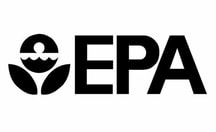 Chemical Accident Prevention is high on everyone’s priority list. The EPA even has a rule for it. The Risk Management Plan (RMP) Rule (40 CFR Part 68) governs accident prevention under Section 112(r) of the Clean Air Act Amendments. The “RMP Rule” established regulations that facilitate accident prevention at facilities that use certain highly hazardous chemicals listed in the regulation. For example, many facilities that use anhydrous ammonia are required to prepare and implement an RMP at their location, and must submit the RMP to the EPA every 5 years. Whoa, you say. What’s in an RMP? An RMP is a set of documents and procedures that govern the following actions at a facility when that facility has the highly hazardous chemicals in a process in quantities above a Threshold Quantity. For ammonia refrigeration the threshold is 10,000 pounds.
Why would a facility want to prepare an RMP? First of all, because these plans provide your local police, fire and emergency response personnel with information needed so that they can respond to an incident at your facility in the most effective way possible. And, Secondly, because these plans must be submitted to EPA. They must also be resubmitted every five years. FUN FACT Did you know that the Environmental Protection Agency implements the Risk Management Plan (RMP) Rule in Michigan – not the Michigan Department of Environmental Quality? 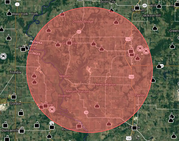 Did you think that once you “complete” your Risk Management Planning (RMP) and Process Safety Management (PSM) programs there is no more work to be done? Often, regulatory requirements are thought of as one and done. You prepare the document and its done, you don’t have to look at it again for five years. Not in this case. These programs require vigilance, especially if the processes at your facility often change. For starters, both PSM and RMP include periodic actions that must be completed regularly. Here’s an abbreviated listing:
So, as you can see with this truncated list of periodic requirements, there is a lot to do after the main part of the program is established. I will say this, it gets a little easier as personnel understand what is expected of them and adopt a PSM/RMP safety culture. One final thought. Remember to document all of your reviews and date all of your changes. The old saying still holds true. If it wasn’t documented and you can’t prove a review took place, it didn’t happen. |
|
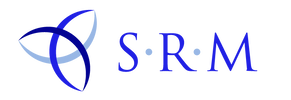
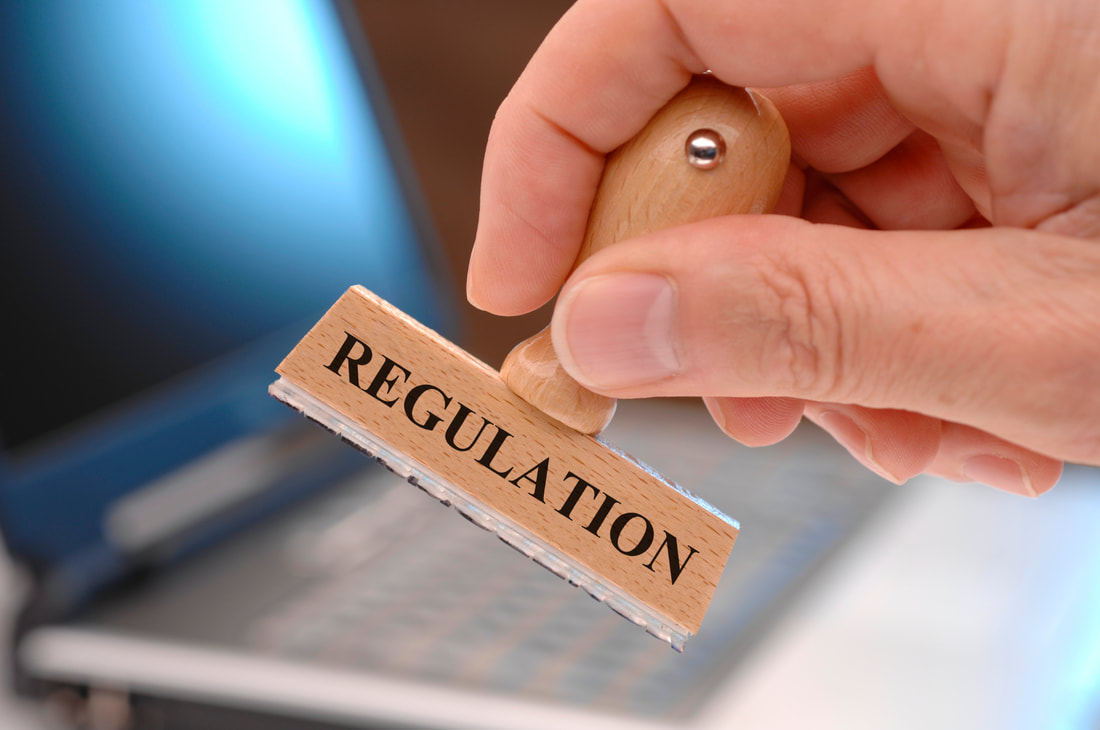
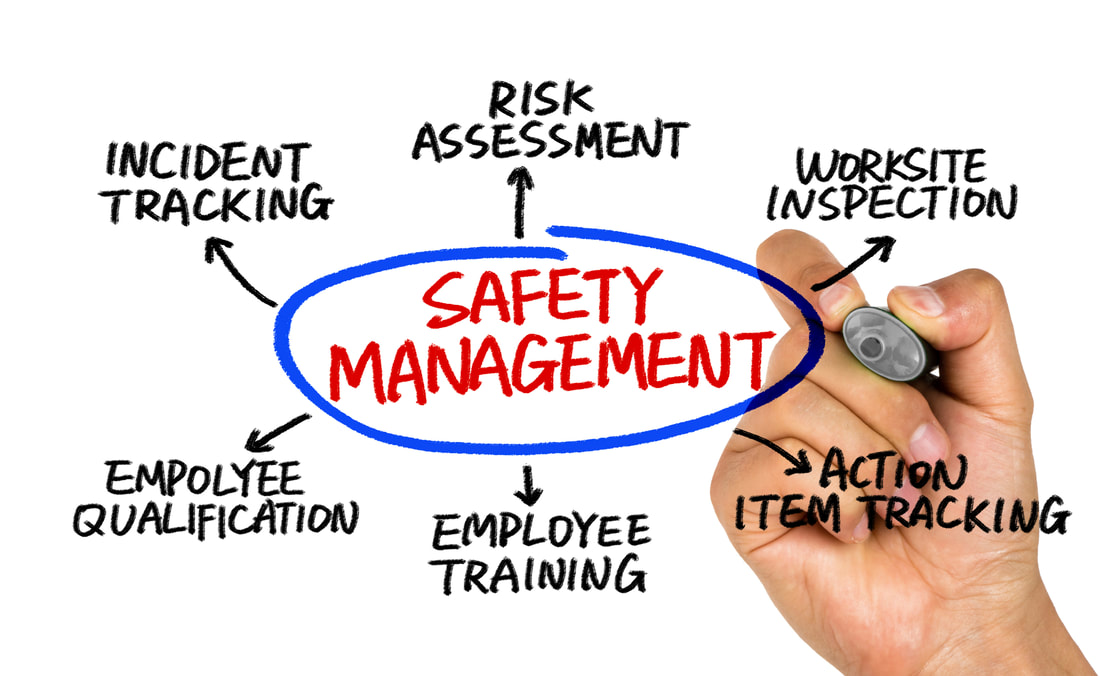


 RSS Feed
RSS Feed
